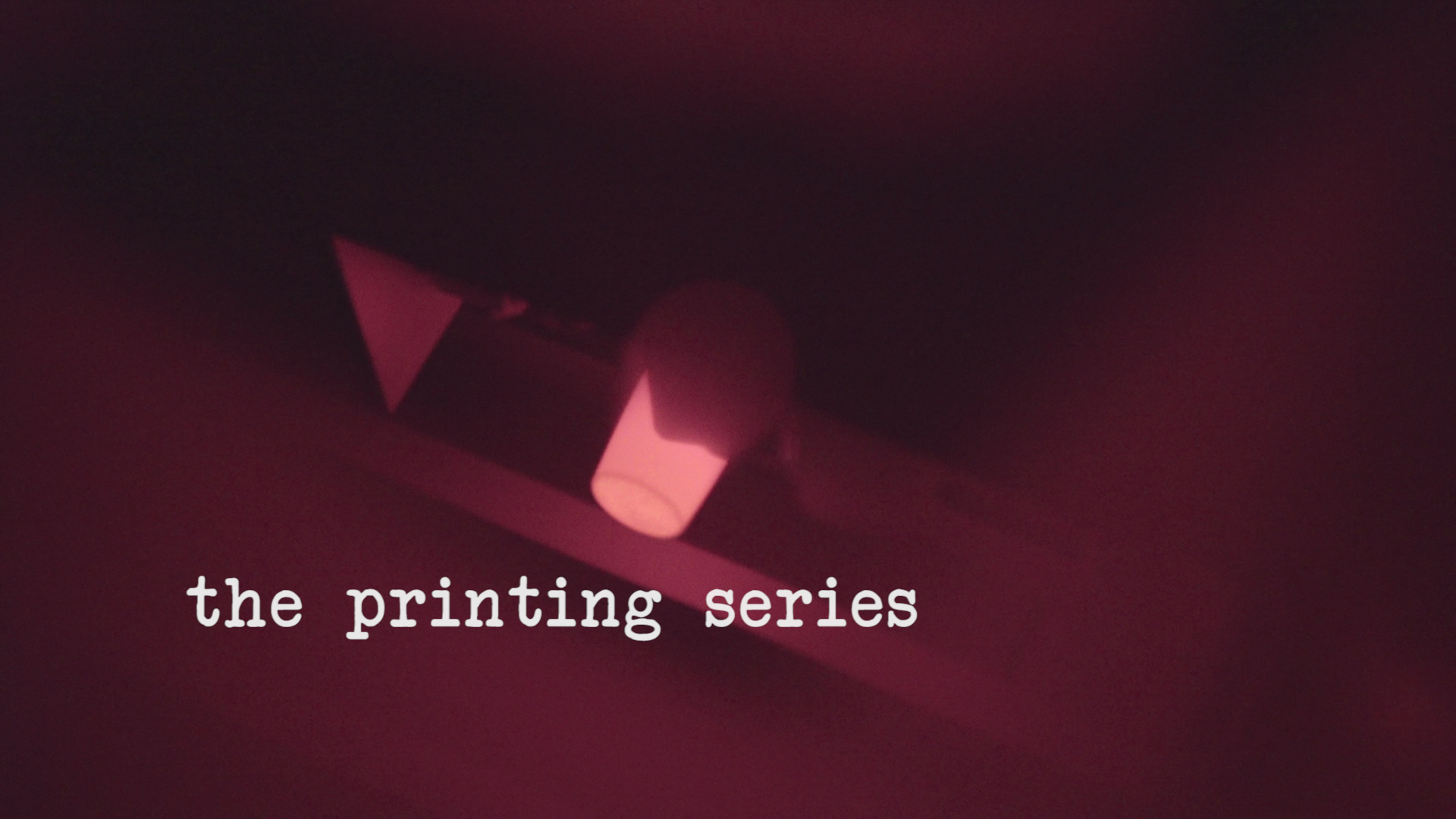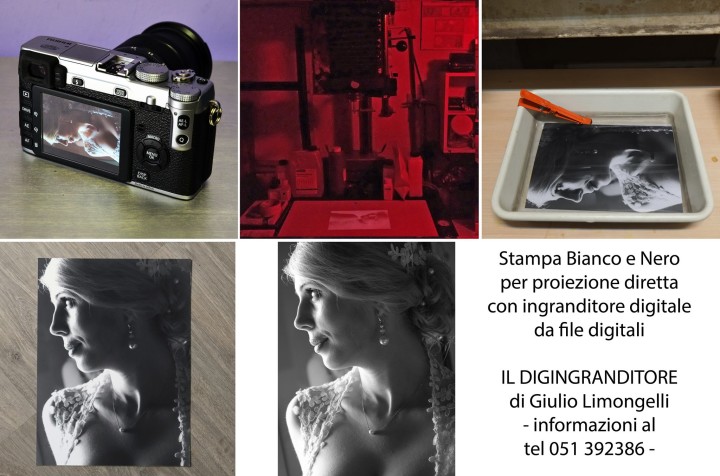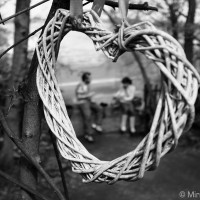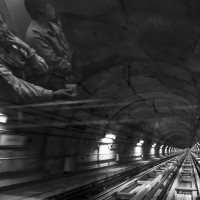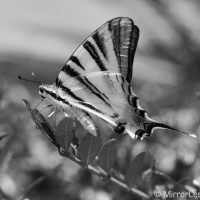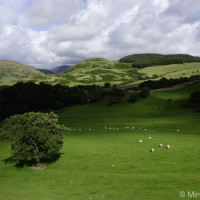When Heather and I started MirrorLessons one year and a half ago, we understood that reviewing cameras would give us many opportunities that would allow us to explore every facet of this wonderful art that we call photography.
Something I quickly realised was how scant my knowledge about printing was. In total honesty (and also ironically), I haven’t printed a lot since I started to photograph seriously and professionally, even though I always enjoyed the times I did in college.
Today we live in an era that primarily focuses on digital content and mirrorless cameras are an example of this. The good news is that most of these MILCs and premium compact cameras are excellent tools even at the printing level. Furthermore, there are still many enthusiasts and professional photographers who believe that printing is the fundamental second chapter in achieving and completing a photograph.
Knowing this, I decided that the best way to learn about printing was to hear stories and absorb experiences from those who always place printing on the same level as shooting. And while at it, I thought: why not share these interesting stories on MirrorLessons?
This is what The Printing Series is all about. As Heather and I learn about and gain experience in printing, we will share the most interesting tales we find along the way.
The best way to do this is with video, as it offers a simpler and more complete way of illustrating the printing processes. And of course, we’ll grab any opportunity we can to print images taken with our beloved mirrorless cameras. 🙂
From Light to Light – Pilot episode
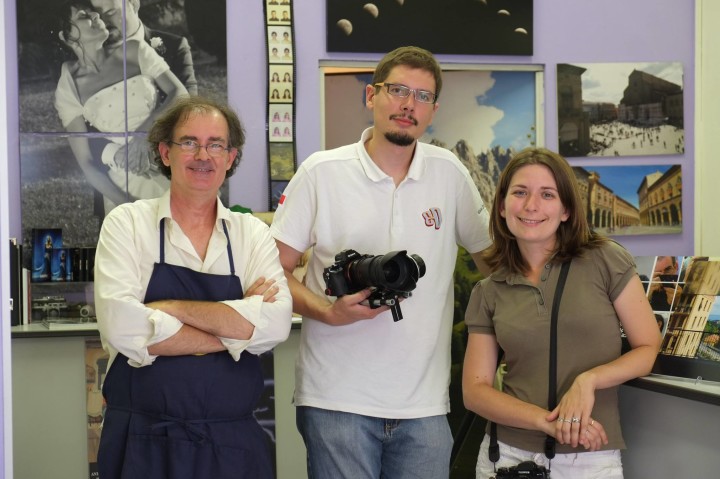
The first episode features Italian fine art photographer Giulio Limongelli. His experience with print began in 1985 (the year Heather and I were born). Today, he mainly shoots with a Fujifilm X-E1. In his studio, we saw a number of beautiful and large black and white prints Giulio had taken with cameras like the Fuji X10.
In this pilot episode, Giulio introduces the video by talking about his experiences in photography, and then focuses on an artisan technique he came across to print digital files in black and white the old-fashioned way. By modifying an old enlarger, Giulio found a way to print digital files with true emulsion on photographic paper.
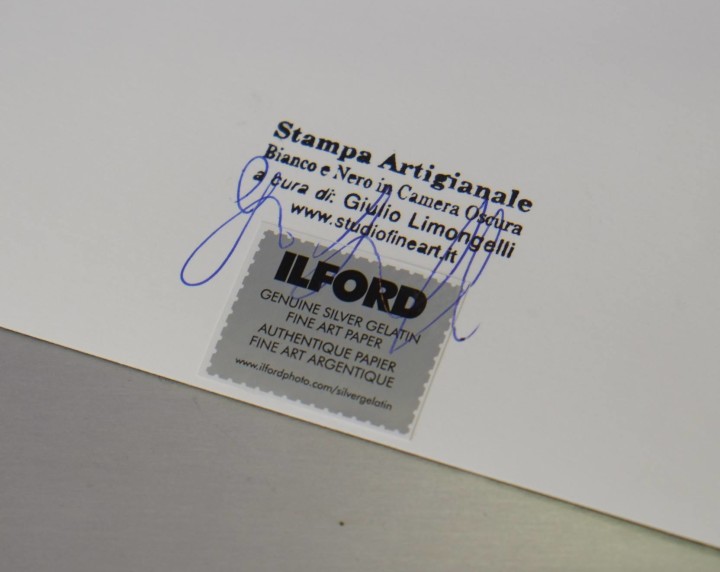
We brought the following pictures along to print with his method, and these are the images you see in the video. The results are surprising and indeed give an “analog” look to photographs taken with these digital mirrorless cameras.
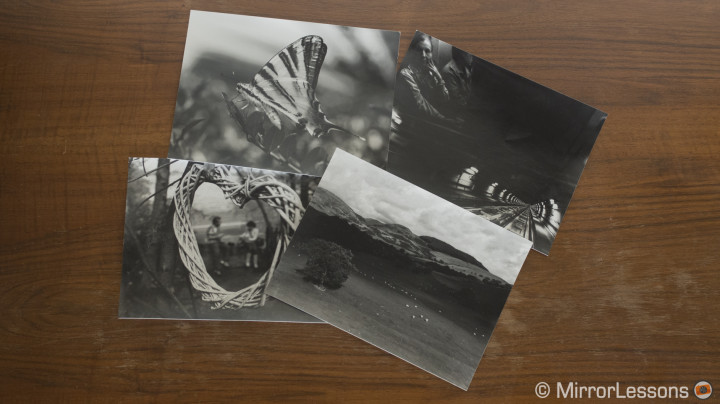
As Giulio says, his method isn’t better or worse than any other. Rather it is based on the following philosophy:
The digital photograph begins and ends with light.
His method simply allows digital photographers to complete this cycle.
For the curious, the video was shot with the Sony A7s and Samyang Cine lenses. (More information about the shoot will be available in our upcoming Sony A7s review).
You can visit Giulio’s website to find out more about his work and his printing skills. Giulio also makes this particular printing service available online: you can send your files with wetransfer and pay with paypal. Giulio will ship worldwide. More info can be found by writing to fotodigitalservice@virgilio.it.
And make sure to subscribe to our Youtube or Vimeo channel to follow the upcoming episodes in The Printing Series.
